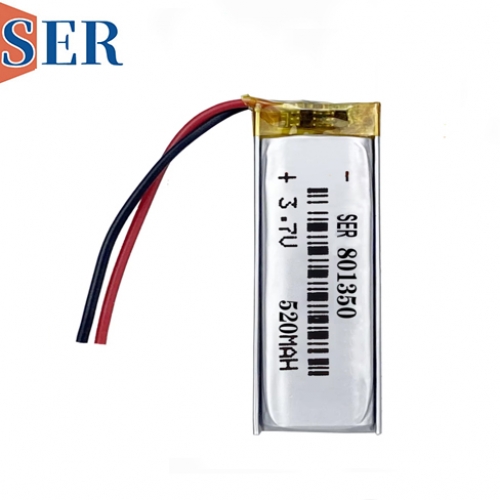Lithium battery specifications and technical terms-03
Lithium battery specifications and technical terms-03
How to find a right battery? non-rechargeable LiSOCL2 battery, LiMNO2 battery or rechargeable Lithium polymer battery,LiFEPO4 battery? What size and weight is required? We need to know how the manufacturer details all of these specifications; we'll cover them in more detail in a future article, below we introduce a few related terms and specifications.
Nominal cell voltage
The voltage of a battery product, usually the average discharge voltage of a battery over its lifetime, as reported by the battery manufacturer. The voltage of LiMNO2 battery is 3.0V, 3.6V LiSOCL2 battery and 3.7V lithium polymer battery.
Terminal voltage
Transient voltage across both ends of the battery when a current load is applied (not through the load) ; this varies with the charging state, charge-discharge current history, and the environment.
Open-circuit voltage
Voltage across the end of a battery when no current load is applied; open-circuit voltage is highest in the“Freshest” state of the battery after it has been charged in the best way possible, some battery chemicals require one or two charge-discharge cycles before they peak. normally, The open circuit voltage of LiMNO2 battery is 3.0V, 3.6V LiSOCL2 battery and 3.7V lithium polymer battery.
Charge voltage
The voltage at which a battery is fully charged. 4.2V lithium polymer battery.
Floating voltage
The voltage required to maintain 100% charge of a battery after it has been fully charged; this compensates for the self-discharge of the battery.
Cut-off voltage
The minimum allowable terminal voltage; this is the battery manufacturer's opinion of the battery's empty state, and it is not recommended to operate the battery below this voltage, unless the battery is designed to handle a deep discharge. The cut-off voltage of LiMNO2 battery is 2.0V, 2.5V LiSOCL2 battery and 2.75V lithium polymer battery.
Charging Tips
There are many specifications for rechargeable batteries, most of which are based on specific chemicals, some of which are simple voltage-and current-limiting techniques, some are simple current-limiting and voltage-stabilizing techniques, while others are multiple-stage charging combinations and variations. We will discuss this in more detail in the future.
Depth of discharge (DOD)
When a battery reaches 80% of its rated capacity, it is considered a deep discharge.
State of charge (SOC)
The current capacity of a battery as a percentage of its rated capacity. This SOC value is usually calculated by integrating the load current over a period of time. Smart batteries also use this method, provides more accurate measurement of charge status than monitoring terminal voltages alone.
Nominal cell voltage, State of charge (SOC) ,Depth of discharge (DOD) ,Charging Tips,Cut-off voltage,Open-circuit voltage,Terminal voltage,LiMnO2 battery,LiSOCl2 battery,Lithium polymer battery





